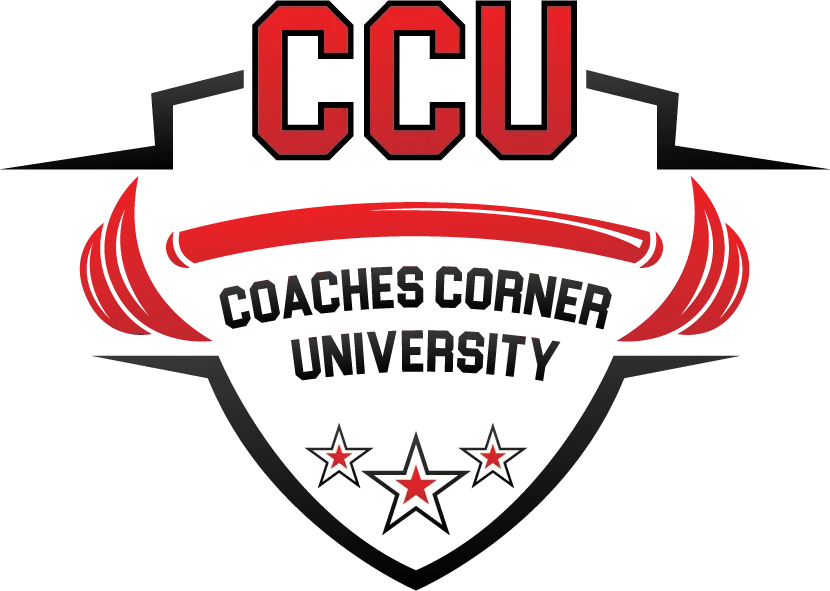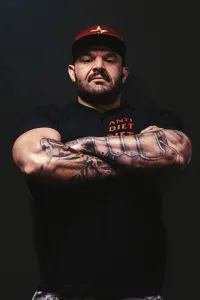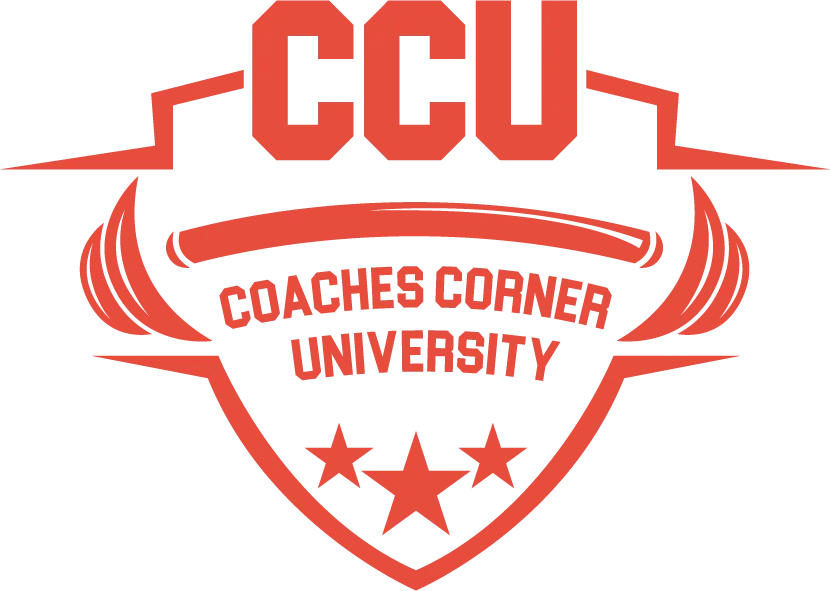Discover The Latest Blogs
Stay updated with Our Informative Blog Posts
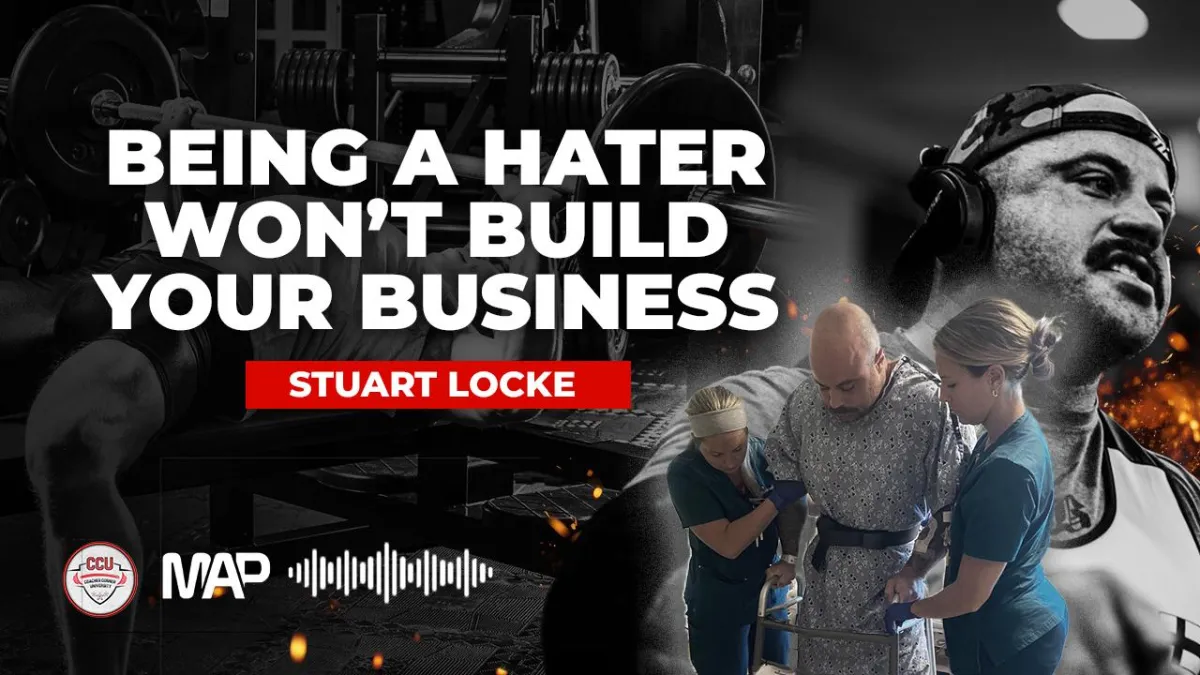
CCU Podcast - Stu Locke: Being a Hater Won’t Build Your Business
Being a Hater Won’t Build Your Business
In this episode, I sit down with Stuart Locke, the owner of Kodiak Barbell. Stuart is a returning guest to the Coaches Corner University Podcast.
Our discussion was about different ways to create your coaching model, what are best practices and how to get your clients the best results possible.
Stuart shared valuable insights on strength training methodology, biomechanics, and coaching principles. We've distilled his expertise into 10 key takeaways that can transform your coaching practice, regardless of your experience level.
Stuart's practical approach combines scientific understanding with years of hands-on coaching experience.
10 Key Takeaways from Being a Hater Won't Build Your Business
Volume Is the Foundation of Progress
Stuart emphasized that "volume drives progress" and explained how total work is calculated: "(Reps) x (Weight) = (Volume)." He pointed out that sustainable strength development comes primarily through systematic volume increases, not just constantly adding weight to the bar. As Stuart noted, weights above 80% are primarily for peaking phases, while off-season training should focus on volume accumulation that builds work capacity and creates the physiological adaptations needed for long-term development.
Barbell Physics Dictates Movement Efficiency
"In the ideal execution of a squat, or any barbell lift for that matter, the bar should travel in a straight line," Stuart explained. He emphasized that horizontal displacement of the barbell creates inefficiency and "will result in pounds left off of it." According to Stuart, the optimal approach involves keeping the barbell directly over mid-foot throughout the lift, requiring athletes to move their bodies around the bar rather than moving the bar around their bodies—a fundamental concept that applies to all barbell movements.
Individual Anthropometry Shapes Movement Strategy
Stuart identified the squat as "arguably the most difficult lift to dial in because it is the most affected by anthropometric proportions." He observed that while certain movement principles remain constant, execution varies significantly between individuals based on their unique proportions. As Stuart explained, torso length, femur length, and mobility capabilities all determine the most efficient movement pattern for each athlete, making a one-size-fits-all approach ineffective and potentially counterproductive.
The Joint-by-Joint Approach Creates a Movement Framework
In discussing movement theory, Stuart outlined the Joint-by-Joint Approach, explaining that "the joint systems of the body are arranged in an alternating fashion between mobile and stable joints." This creates a pattern: mobile ankles, stable knees, mobile hips, stable lumbar spine, mobile thoracic spine, and so on. Stuart noted that when the body lacks movement in a mobile joint, "it will search for it in a stable one," creating compensations that lead to inefficient movement and potential injury—a critical insight for coaches assessing movement patterns.
Progressive Overload Has Multiple Pathways
Stuart challenged the conventional understanding of progression, stating that "progressive overload does not always need to refer to the loading parameters." He proposed that whether you standardize time or volume, "if you do more work, you'll get stronger." Stuart described how escalating density training exemplifies this principle by creating measurable progress markers through increased work efficiency rather than simply adding weight. This provides coaches with multiple progression tools beyond traditional load increases.
Mobility Must Be Task-Specific
"Mobility is specific to the requirement of the task being performed," Stuart emphasized, explaining why "it is not optimal to have excessive levels of mobility." He described mobility as "the interplay between flexibility and stability" and cautioned that when mobility increases without purpose, stability and force production potential typically decrease due to reduced neural tone. Stuart's insight reminds coaches that athletes only need enough mobility to efficiently perform their sport's specific movements—anything beyond that can compromise performance.
Neural Control Dictates Movement Quality
Stuart highlighted the central nervous system's role in movement, explaining that "through repetition, the CNS learns and lays down a framework for how a movement will be performed." He described how this neural patterning "will dictate which muscles are recruited and which are not," influencing both immediate performance and long-term adaptation. Stuart's focus on the CNS underscores why technical proficiency must precede heavy loading in effective training programs.
Structured Density Training Ensures Progress
When discussing training methodology, Stuart advocated for density-based approaches that set "a tangible goal for each training session." He explained that this system ensures that "even on the worst day you cannot add a single rep," creating consistent progress and psychological success. Stuart positioned this approach as particularly valuable during off-season training when maintaining motivation through measurable progress is critical for athlete development and adherence.
Eccentric Loading Activates Prime Movers
"To effectively recruit a muscle during an active movement, a load must be placed upon it," Stuart stated, adding that "if you do not tension a muscle during the eccentric portion of the lift, it cannot be optimally recruited during the concentric portion." This principle informed his discussion of squat technique, where he emphasized that proper hip flexion is necessary to eccentrically load the glutes and hamstrings, enabling them to contribute effectively during the concentric phase.
Lifestyle Factors Shape Movement Capacity
Stuart took a holistic view of training, noting that "our lifestyles, training, injuries and daily behaviors will influence the fashion in which our bodies move." He emphasized that "everything you do throughout your day has an impact on your entire system," reinforcing the idea that training doesn't happen in isolation. Stuart's perspective encourages coaches to consider the entire 24-hour cycle of an athlete's life when designing programs and setting expectations for adaptation.
Stuart's insights provide a comprehensive framework for understanding effective strength development that transcends specific methodologies. By integrating these principles into your coaching practice, you'll develop a more nuanced approach to training that addresses the unique needs of each athlete while adhering to fundamental biomechanical and physiological truths. As Stuart might say, the most effective training isn't about finding the perfect program, but about understanding and applying these core principles in ways that respect individual differences while driving consistent progress.
Find Stu:
Website - http://www.kodiakbarbell.com/
Instagram - https://www.instagram.com/stu_kodiakbarbell
Download the Quad/ Patellar Tendon Rehab Guide: https://masterathletic.com/knee-rehab-guide278949
Find the podcast:
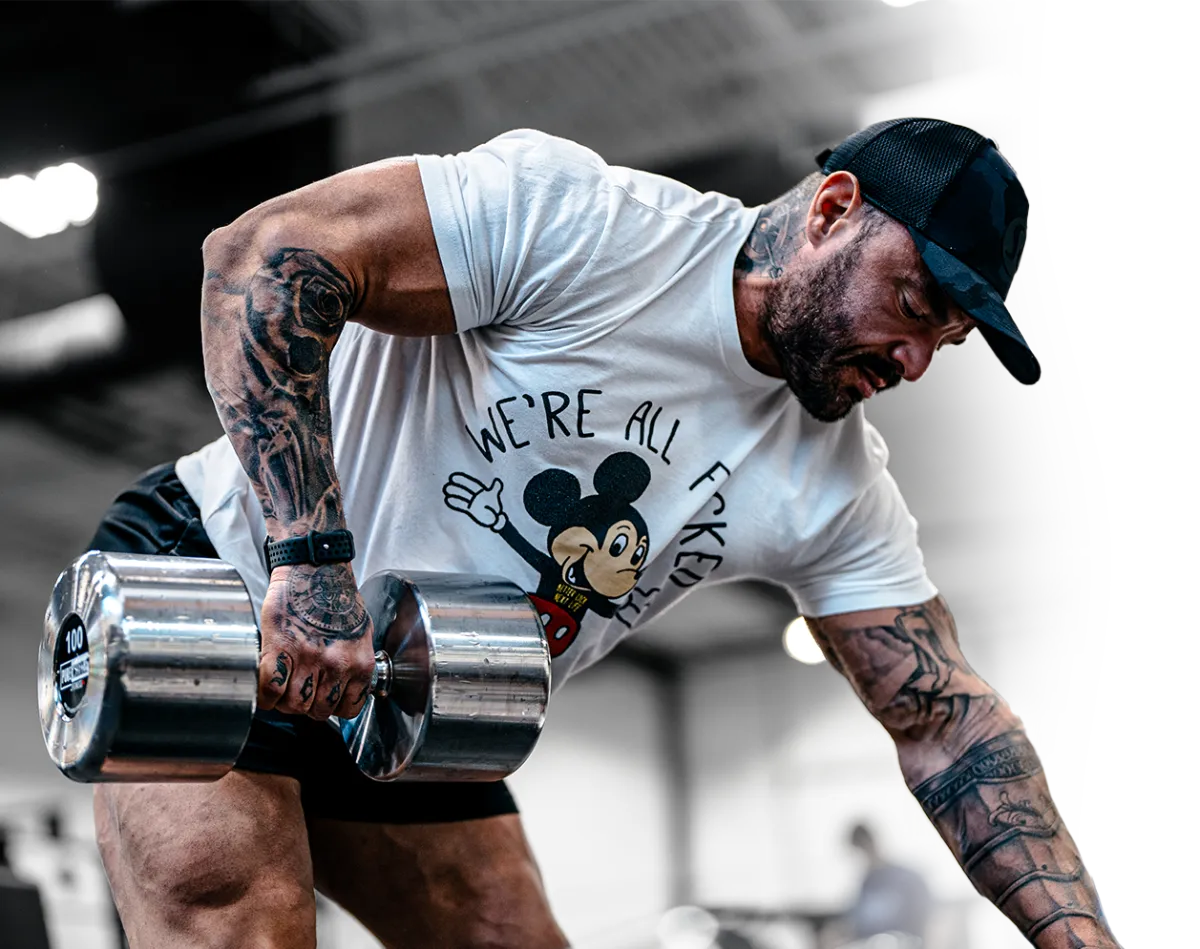
Coaches Corner PhD
